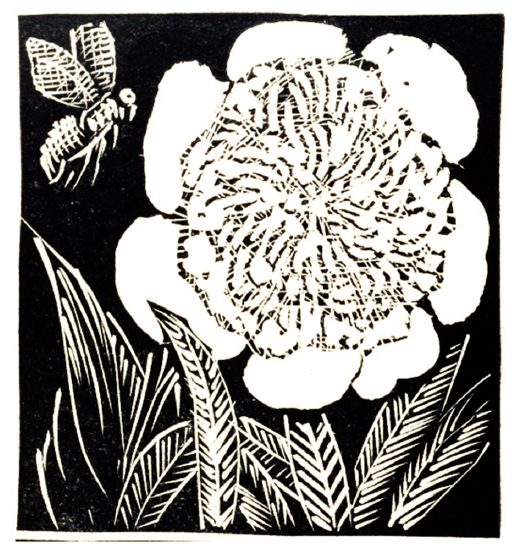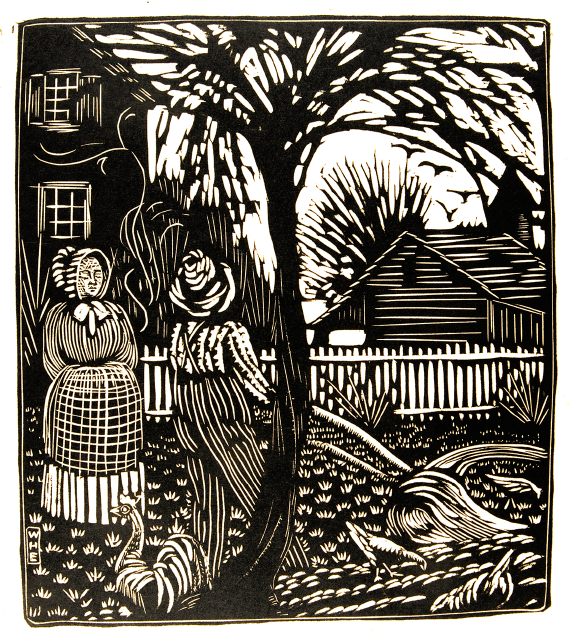Parents and teachers, are you wondering how to make use of all the great resources WEM has to offer? We can help with that!
Below you’ll find activities for art lovers of all ages to enjoy from home using virtual resources like our Online Resources for Educators and Collection Highlights. They are meant to spark creativity, learning, and, most importantly, fun! You may use them to supplement virtual classroom instruction or just to keep the fun and creativity going through the summer.
Did you complete one of these activities? We want to hear about your experience and see your creations!
Share with us on social media using #EsherickAtHome.
Teachers, we can also arrange for a virtual visit or Q & A with your class. Please contact info@whartonesherickmuseum.org to schedule.
Junior Spotlights
Our Junior Spotlight Talks take a close look at one topic or piece of art here at the Museum, followed by a hands-on activity! Perfect for elementary school-aged audiences and their families.
Junior Spotlight: Barnegat Bay Map
Explore Wharton Esherick’s Barnegat Bay Map and then create a map of your own!
Making an Imprint
While in Fairhope, Alabama, around 1920, Wharton was approached by an ambitious young writer named Mary Marcy. Mary had a proposition. She wanted Wharton to illustrate her children’s book on evolution called Rhymes of Early Jungle Folk (1922). This simple request would mark Wharton’s transition from painter to woodworker. In recognition of this collaboration and the nearly 400 total woodblocks Esherick would carve in his printmaking career, we began our annual Imprint Competition and Exhibition. As Imprint 2021 approaches, we excited to bring printmaking to you, wherever you may be!
Esherick worked in relief printing, but why not explore this art form as it relates to other methods of printmaking?
Your challenge is to create one simple design. Then, using any supplies you may have handy (yes, even potatoes will do), translate it to a relief print. Then, try it as a surface print. How are they similar? How are the two different? Don’t forget to share your creations with us!
Take your students through the full five-lesson unit, covering history, criticism, and practice, or simply pick and choose those activities that best suit your needs!
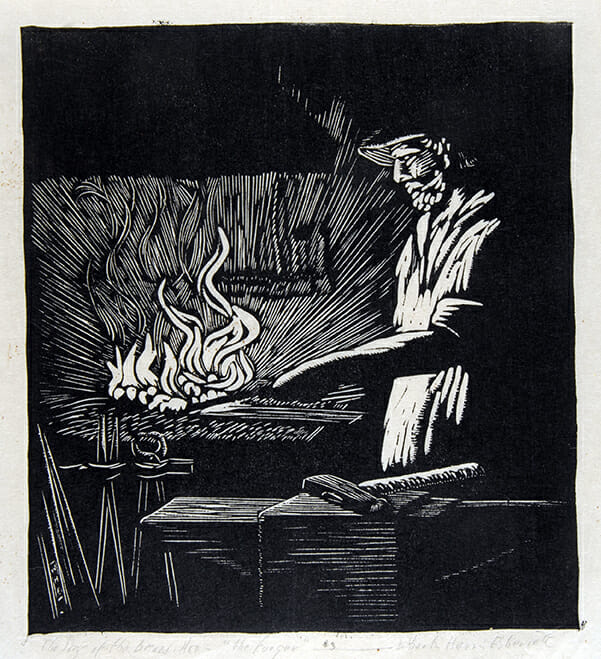
Organic Architecture – Design your own Studio!
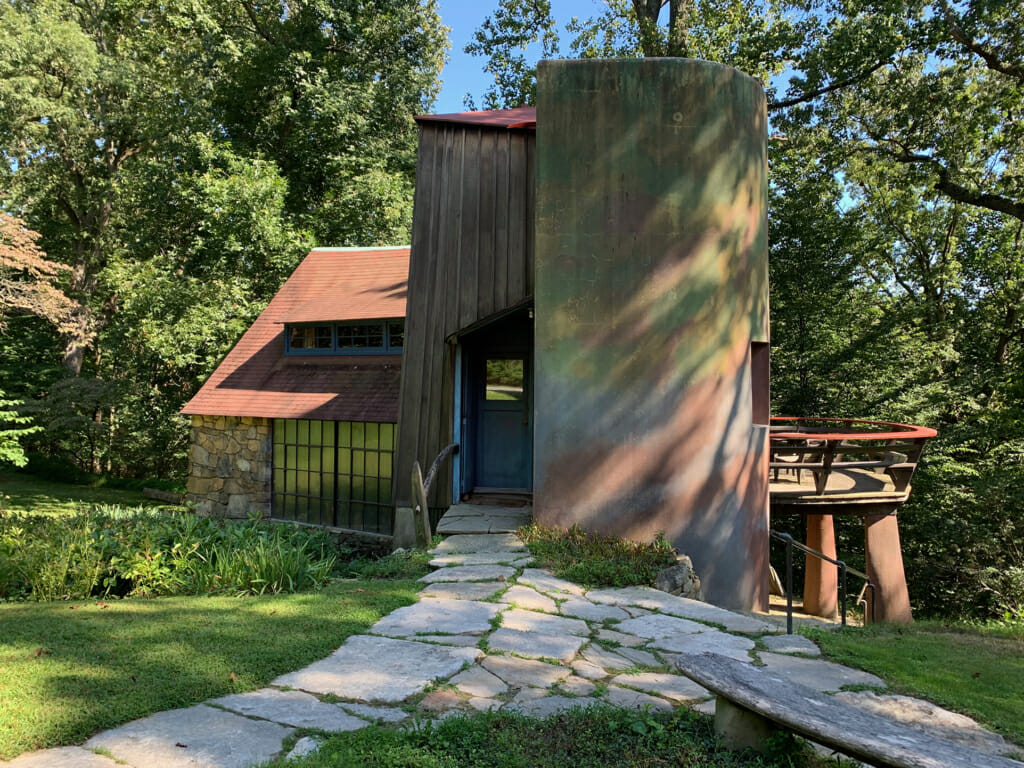
Despite the fact that he never trained as an architect, Esherick managed to create a National Historic Landmark for Architecture, now known as the Wharton Esherick Museum. Esherick had many influences, including Frank Lloyd Wright and the principles of “organic architecture,” or the idea of perfect harmony between a building and its landscape. We see this in the curves and twists of the building, and in the natural materials he chose.
Explore these photos of Esherick’s Studio and then get out your pencil and paper and design your own organic Studio, as Esherick did 100 years ago! What elements of nature will you be inspired by?
Learn more about Frank Lloyd Wright and look at examples of Organic Architecture for additional inspiration.
Reverse Storytelling
Story and literature are integral to Esherick’s work. He had early success as an artist creating woodcut illustrations for books. It may seem safe to assume that the writing existed before Esherick’s illustrations, right? Not always! When working on his first book, Rhymes of Early Jungle Folk (Marcy, 1922), Esherick and writer Mary Marcy often exchanged poems and woodblock illustrations. At times, she would provide him with a poem and he would create an illustration. Other times, he would give her an illustration and she would create a poem.
In the spirit of their collaboration, try finding your illustration first and write a story based on it!
Start by taking a look at our list of suggested woodcut prints.
See a print that inspires you? Maybe you found a few? Create a story (or a poem, or song, or anything!) to go with them!
Looking for more inspiration? Check out our comprehensive list of Museums with Esherick in their Online Collections in our Online Resources for Educators. The Philadelphia Museum of Art houses a vast collection of Esherick prints!
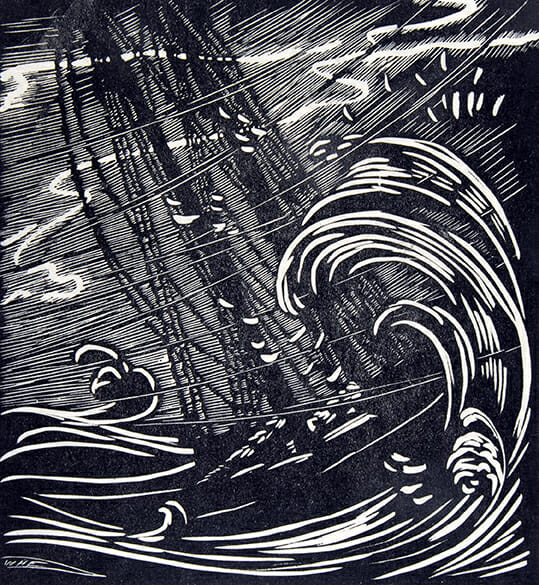
Be the Curator – Create Your Own WEM!
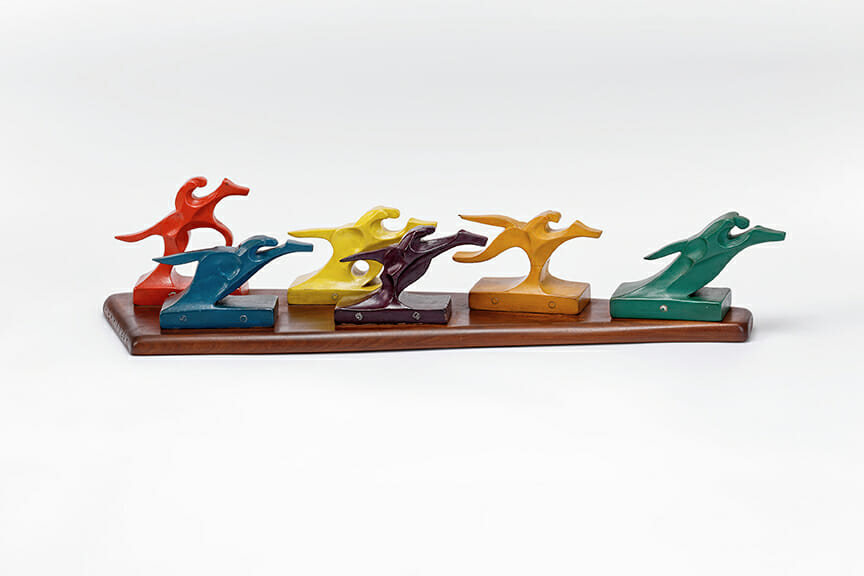
Missing the Wharton Esherick Museum these days? We are too. So, why not create your own virtual exhibit and bring WEM to your home!
Explore our Collection Highlights, our comprehensive list of Museums with Esherick in their Online Collections in our Online Resources for Educators, or other online resources.
Choose a theme for your exhibit. Perhaps it will be stools, chairs, music stands, an artistic or historical movement, or something else entirely?
Now, it’s time to decide what goes in your exhibit! Select works that fit your theme from the resources listed above. Your exhibit could be virtual or physical. It could be an interactive online experience, a presentation, a poster, a diorama, or anything you imagine! Don’t forget a label for each piece you chose. Labels should explain how the piece ties into your theme. Add as much or as little supplementary research as you’d like!
Descriptive Writing Game
Esherick’s body of work is unlike any other. Over the course of his career, he interpreted various artistic movements in his own unique way. Take some of those unique pieces he created and test out your descriptive language skills.
We set up Round 1 for you. The theme is chairs!
First, find a friend (or a group of friends) to play.
Take a look at this collection of chairs. Pick one and write a paragraph describing the piece. Use as much descriptive language as you can!
Trade your description with a teammate and read what they wrote. Can you tell which chair your teammate described? Can they tell what you described?
The game doesn’t have to end with this round! You can find Esherick pieces in our Collection Highlights or search other museum collections through our Online Resources for Educators and create your own rounds. Will you use prints? Desks? Paintings? Sculptures? The choice is up to you!
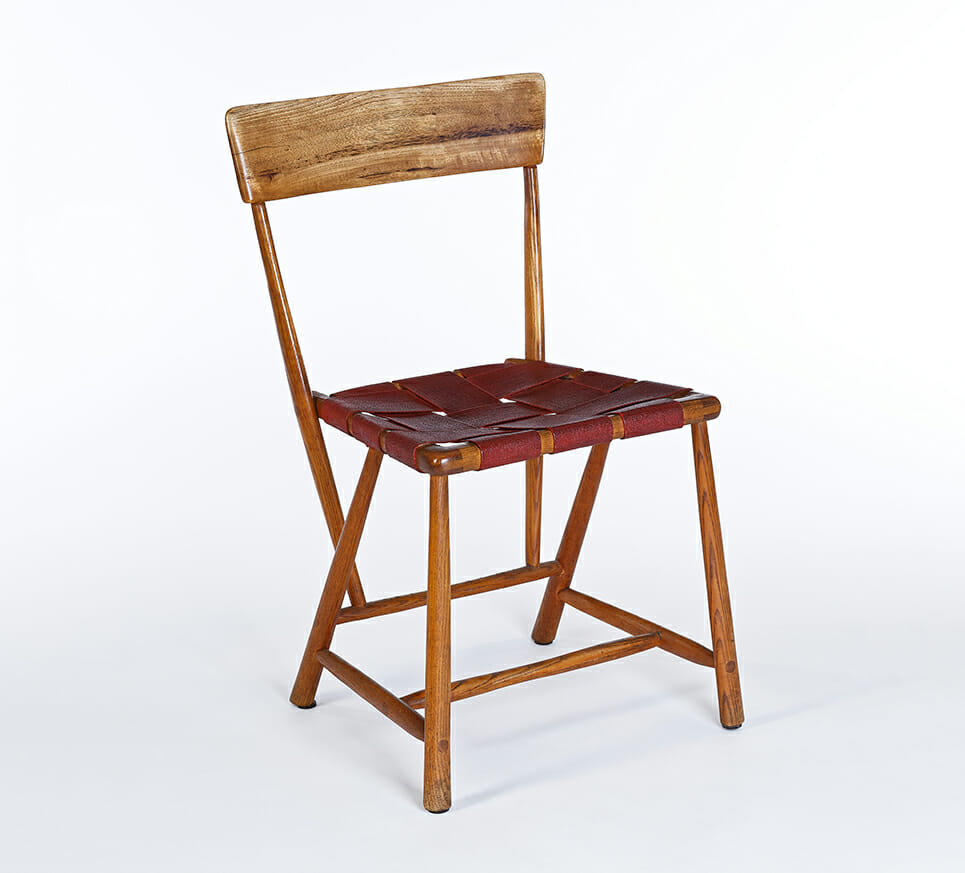
Making the Connection!
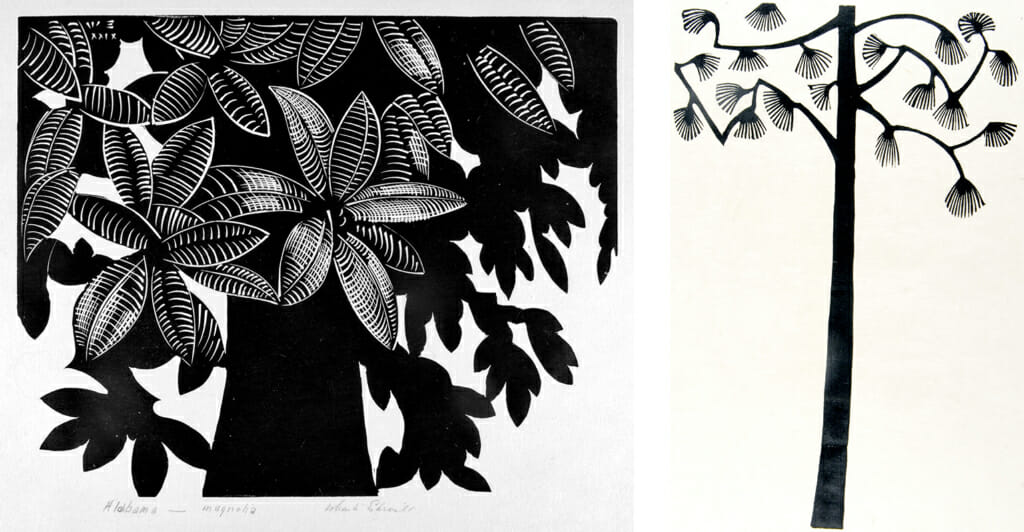
As an artist, Esherick explored varying artistic styles and movements throughout his career. As his ideas evolved, the look of his artwork did too! In this activity, have fun comparing and contrasting pieces from different times in Esherick’s career.
Take a look at our Suggested Matchups or create your own using our Collection Highlights or by searching other museum collections through our Online Resources for Educators. Look closely at each piece and consider what is the same and what is different.
On a separate sheet of paper draw a Venn diagram for each matchup.
Use as many descriptive words as you can to compare and contrast the pieces in each matchup and fill in your diagram!


